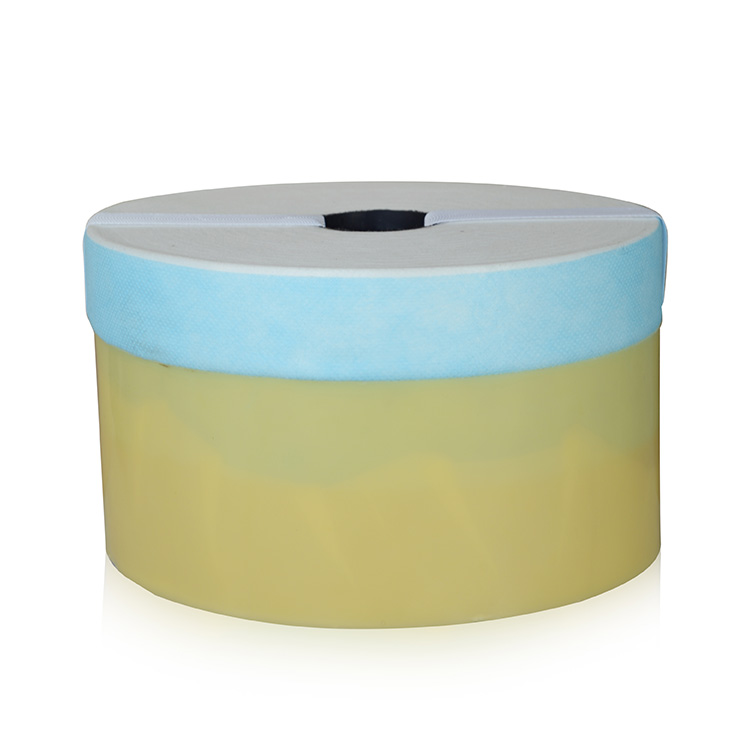Considerations related to water glycol oil filter elements
2024-01-25
A water glycol oil filter element is likely designed for use in hydraulic systems that employ water glycol-based hydraulic fluids. These filter elements play a crucial role in maintaining the cleanliness of hydraulic fluids by capturing and removing contaminants such as particles, debris, and other impurities.
Here are some key features and considerations related to water glycol oil filter elements:
1. Fluid Compatibility:
- Water glycol-based hydraulic fluids are commonly used in applications where fire resistance is a critical factor. The filter element must be compatible with this specific type of hydraulic fluid to ensure effective filtration without compromising the fluid's properties.
2. Filtration Efficiency:
- The filtration efficiency of the filter element is critical for maintaining the cleanliness of the hydraulic fluid. It is typically measured in terms of the particle size the filter can effectively capture, often expressed as a micron rating.
3. Micron Rating:
- The micron rating indicates the size of particles that the filter can capture. In hydraulic systems, common micron ratings for filter elements range from a few microns to tens of microns, depending on the specific application and system requirements.
4. Construction Materials:
- The filter element is constructed from materials that are compatible with water glycol hydraulic fluids. Materials may include various types of fibers, synthetic media, or other porous materials that can effectively capture and retain contaminants.
5. High Collapse Pressure Rating:
- Hydraulic systems often experience high-pressure conditions. The filter element must have a high collapse pressure rating to withstand these pressures without deformation or failure.
6. Beta Ratio:
- The Beta ratio of a filter element is the ratio of the number of particles larger than a certain size upstream of the filter to the number of particles larger than that size downstream. A higher Beta ratio indicates higher filtration efficiency.
7. Flow Rate:
- The flow rate capacity of the filter element should match the requirements of the hydraulic system. It ensures that the fluid can flow through the filter efficiently without causing excessive pressure drop.
8. Compatibility with System Components:
- The filter element should be compatible with other components of the hydraulic system, including seals, hoses, and connectors. Compatibility ensures that the filter does not introduce contaminants or compromise the integrity of the system.
9. Change-out Interval and Maintenance:
- Understanding the recommended change-out interval and maintenance procedures for the filter element is crucial for ensuring the continued effectiveness of the hydraulic system.
10. Regulatory Compliance:
- Depending on the industry and application, water glycol oil filter elements may need to comply with certain regulatory standards and specifications. It's important to ensure that the selected filter meets any relevant industry or safety standards.
When selecting a water glycol oil filter element, consulting with the hydraulic system manufacturer's recommendations and considering specific application requirements is essential. Regular monitoring and maintenance of the filter element are critical to ensure optimal performance and the longevity of the hydraulic system.



